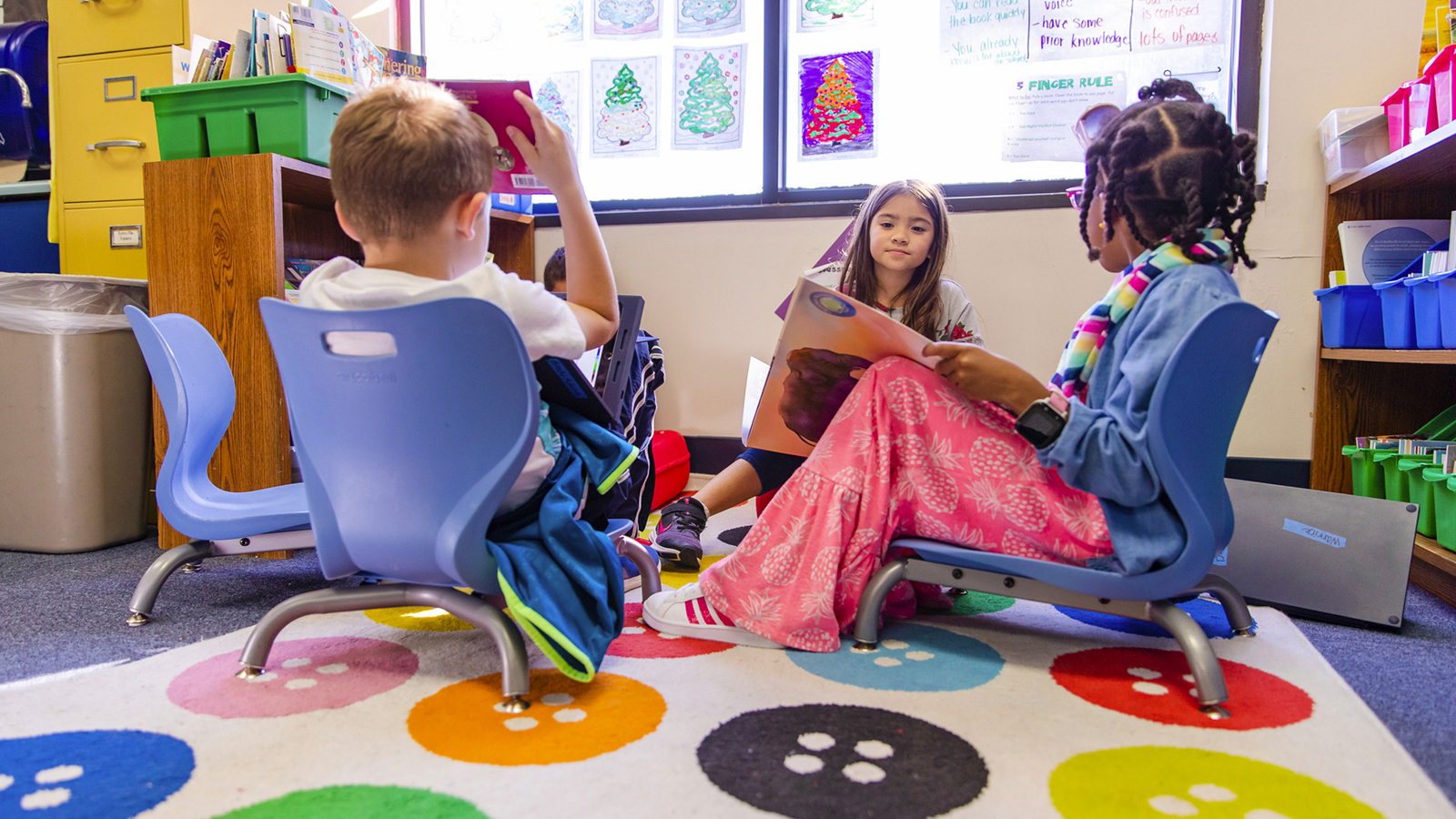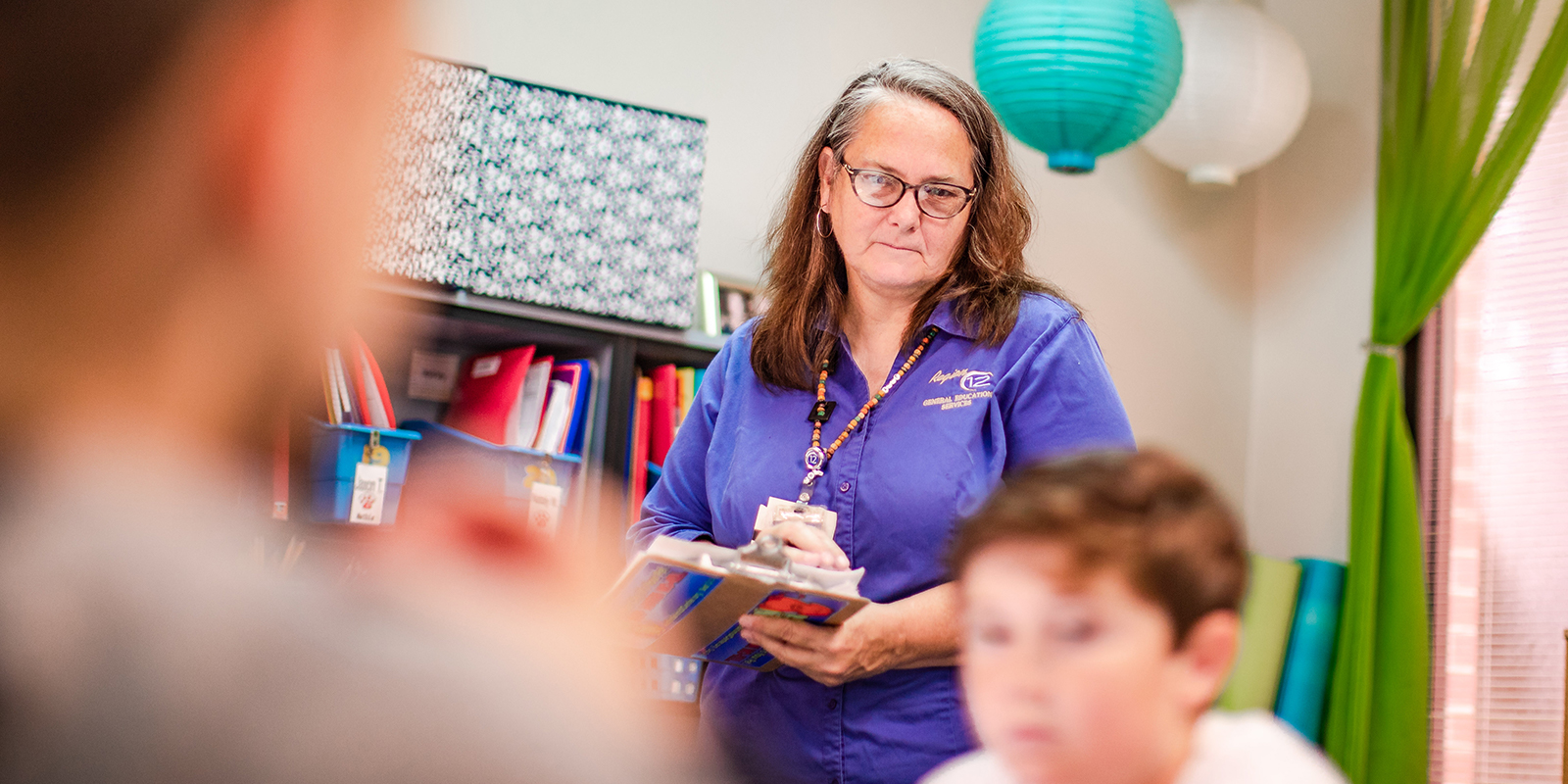Educational Research

CASPER's educational research ranges from the manner in which the learning environment impacts student academics to examination of the impact that educational interventions and teaching frameworks have on the student learning process.
The LEX Collaborative
Current Partners
The CASPER educational research group studies a wide range of topics impacting both the theoretical framework of education as well as best practices for improving and enhancing education in STEM areas and beyond. The group has a long history of developing STEM-focused interventions which have been shown to successfully improve student perception while also increasing interest in STEM areas such as Physics, Chemistry, Biology, Mathematics, and Computer Programming. This has led to the creation of curriculum materials for summer STEM camps, 2nd - 12th grade classrooms and manipulatives that are aligned with educational frameworks such as the 21st Century Learning and both state and national curricular educational standards such as TEKS (Texas Essential Knowledge and Skills) and NGSS (Next Generation Science Standards).
Through funded research grants from the Department of Education (GEAR UP - Gaining Early Awareness and Readiness for Undergraduate Programs) and the National Science Foundation (REU and RET programs), the reach of these interventions now includes the local Central Texas community as well as communities around the nation and internationally. Currently, a summer RET (Research Experience for Teachers) program provides K-12 teachers the opportunity to conduct research while also creating curriculum materials for camps, classroom and manipulatives that are aligned with educational frameworks such as the 21st Century Learning as well with state and national curricular educational standards such as TEKS (Texas Essential Knowledge and Skills) and NGSS (Next Generation Science Standards).

Over the past five years, the group has also been working collaboratively with the Education Service Center Region 12 (a nonprofit service organization devoted to supporting educators and school personnel) and Huckabee, Inc (an architects’ firm dedicated to supporting student success through intentional and strategic learning environment designs) to investigate and understand the impact that the intersection between the built learning environment and professional development has on student engagement. This collaboration has already led to the development of multiple measurement instruments drawing from the expertise of a multidisciplinary group comprised of architects, educators, professional development experts, school practitioners, scientists, psychometricians and statisticians. The results of this collaboration are already producing research-based professional development modules and producing data which is being used to inform the decision-making process on best practices for school practitioners.
The tools and research designs used in this work range from basic research to evaluation research including applied research. Both quantitative and qualitative methods are used to provide the full range of evidence required to obtain validity and reliability on the conclusions of the research. To accomplish this, the group uses analytical tools that encompass a wide range of approaches that go from grounded theories to phenomenological studies in the qualitative case and Rasch models and Structural Equation Models in the quantitative case. With all these available tools, expertise, and experience the group continues to build knowledge and strives to produce evidence-based theories to answer questions that are of high impact to all education stakeholders including academia and school practitioners.
The results of the above have led to —
- Two PhD graduates, one of whom has already received tenure at her current university,
- Several Master's Students,
- A 14 year longitudinal research study on CASPER-developed educational interventions (primarily connected with the CASPER Physics Circus),
- A long-running Research Experiences for Teacher (RET) program originally funded by the NSF, which has led to the development of research projects such as the Virtual Physics Circus, Drop Tower usage for educational purposes, Dusty Plasma educational research and Computational thinking applied to STEM areas among others,
- REU and RET site programs fro 1998 - 2016,
- and a five year collaboration between CASPER Education and Region 12 / Huckabee, Inc.
A sampling of the published work produced by the above can be found at BEAR Docs (under the CASPER link) or at https://baylor-ir.tdl.org.
For more information please contact:
Dr. Truell W. Hyde
Director CASPER
One Bear Place #97283
Waco, Texas 76798-7283
Phone: (254) 710-6717
Truell_Hyde@baylor.edu

